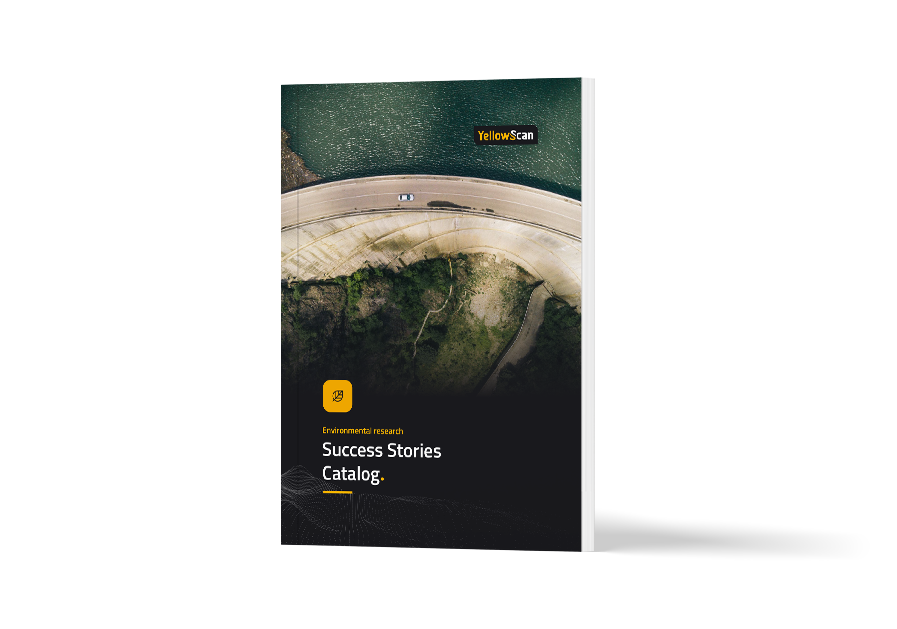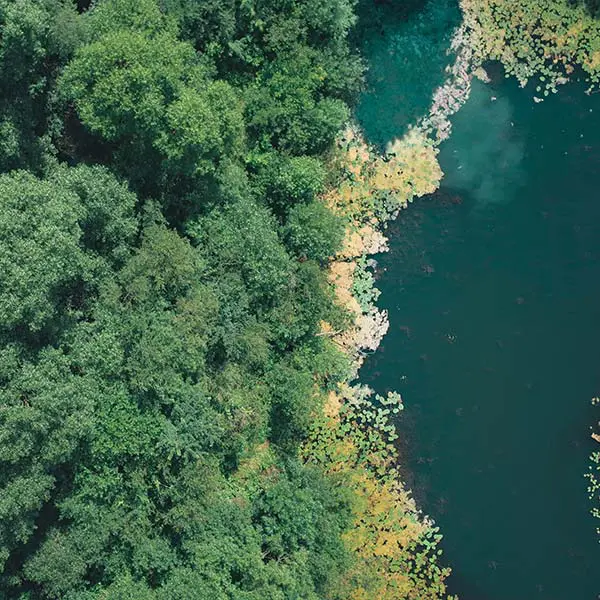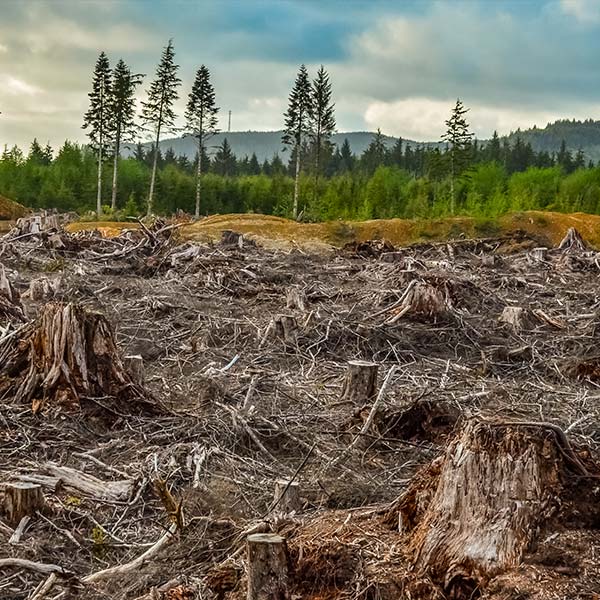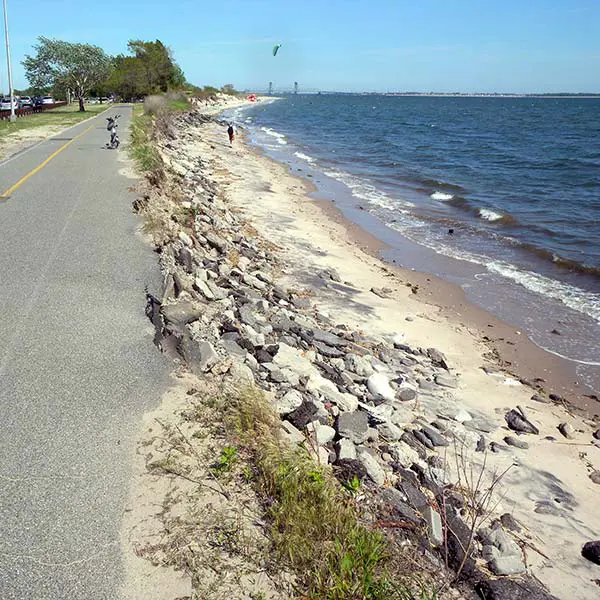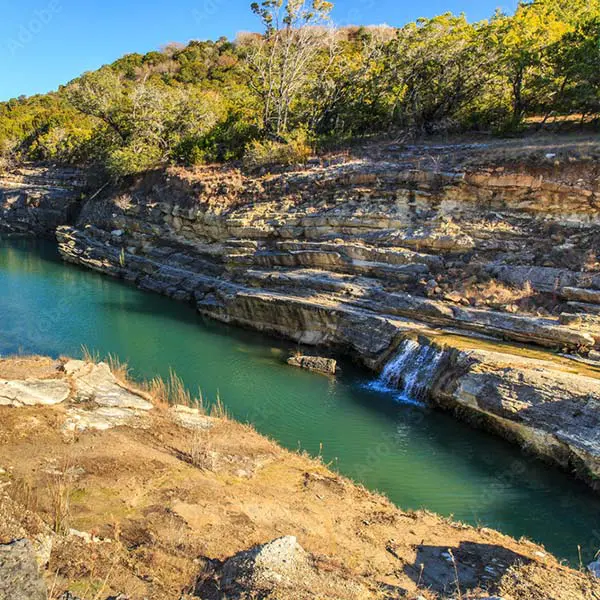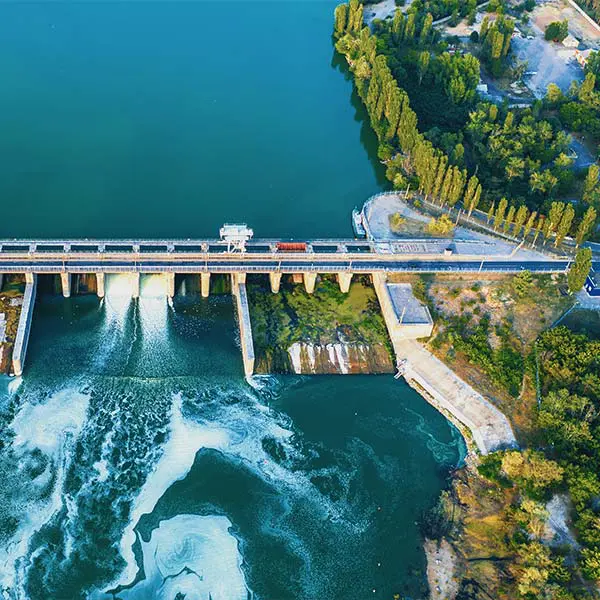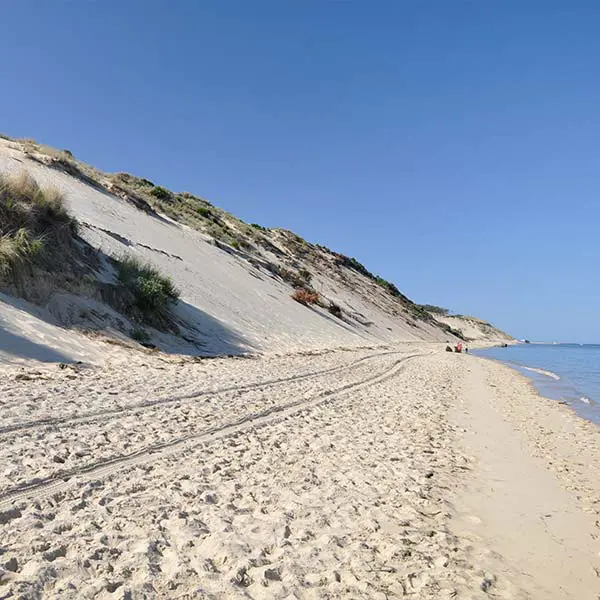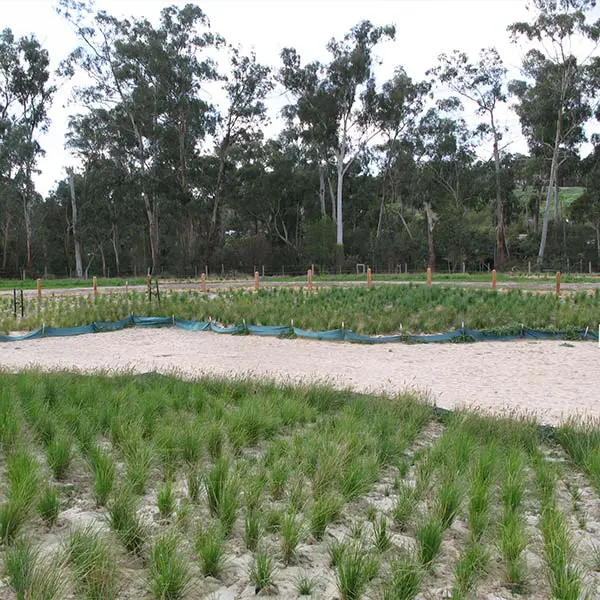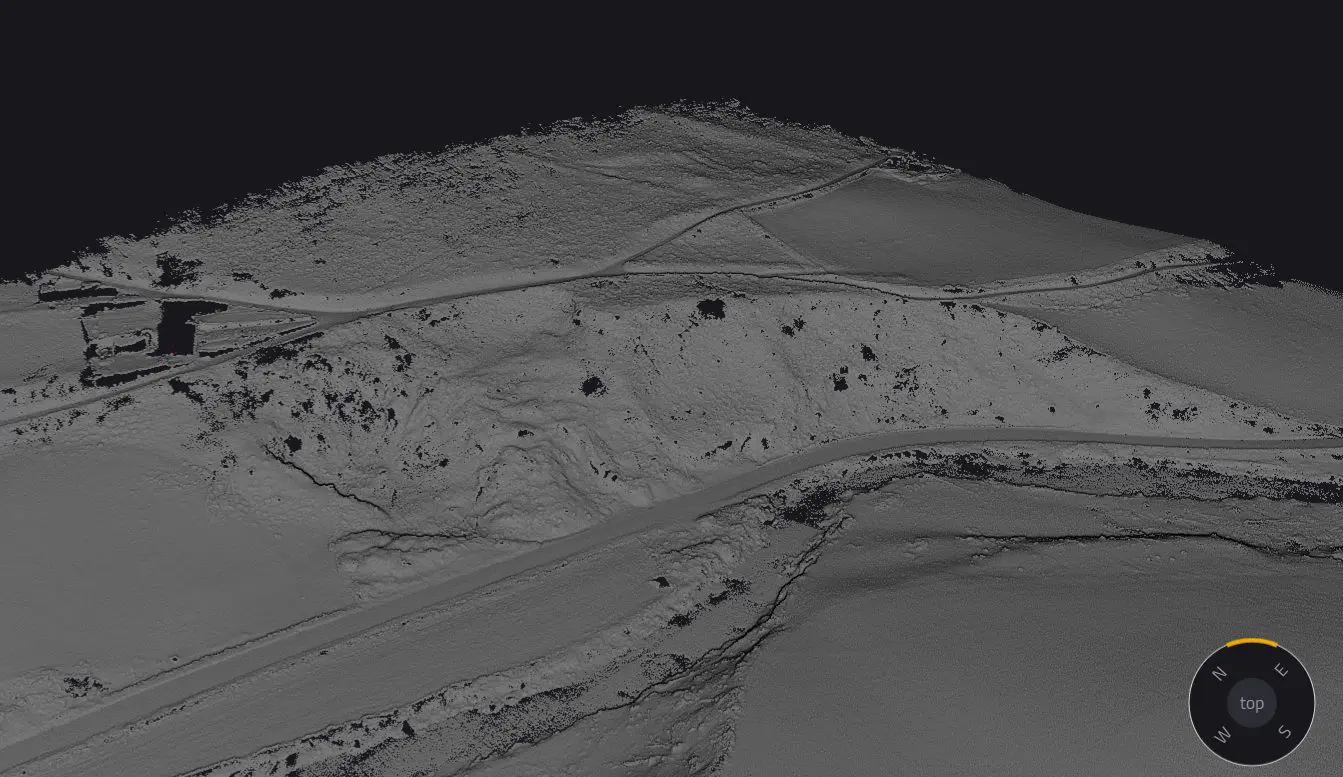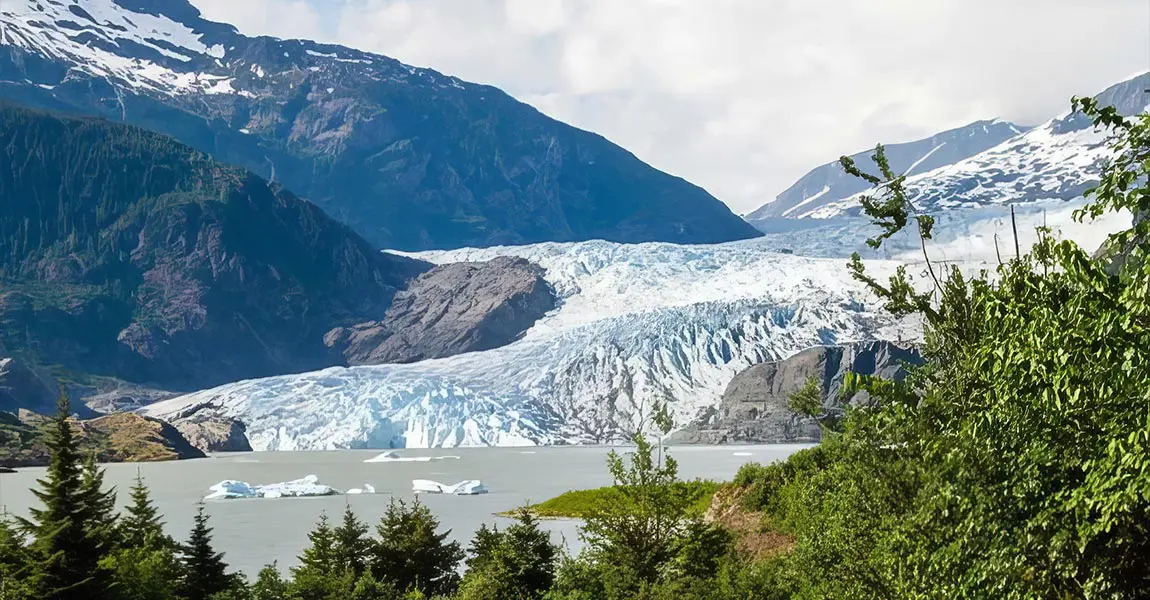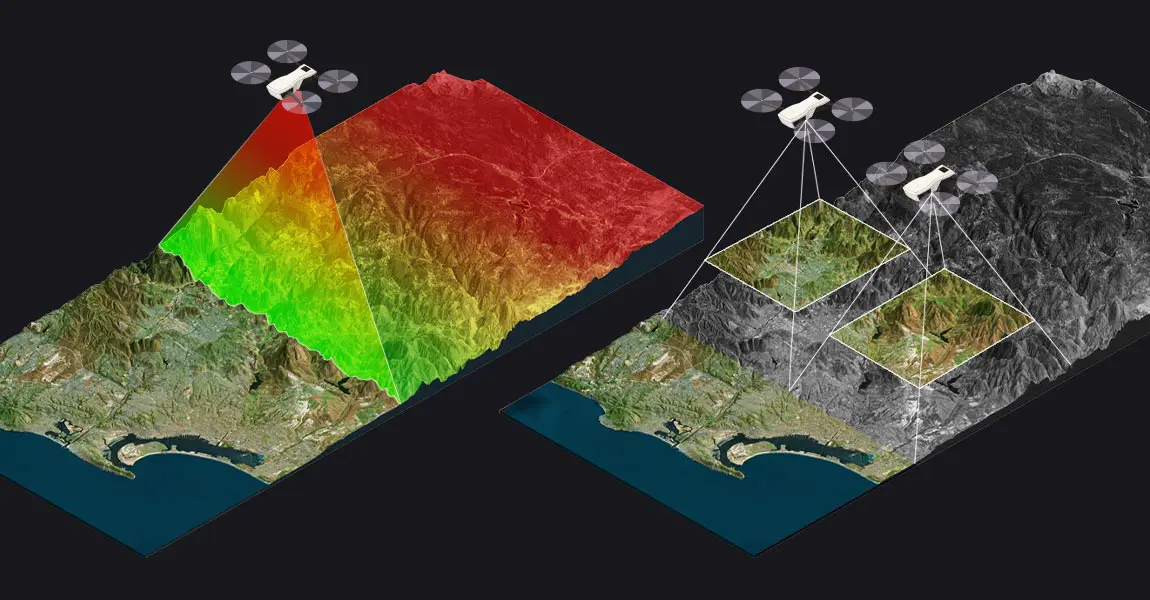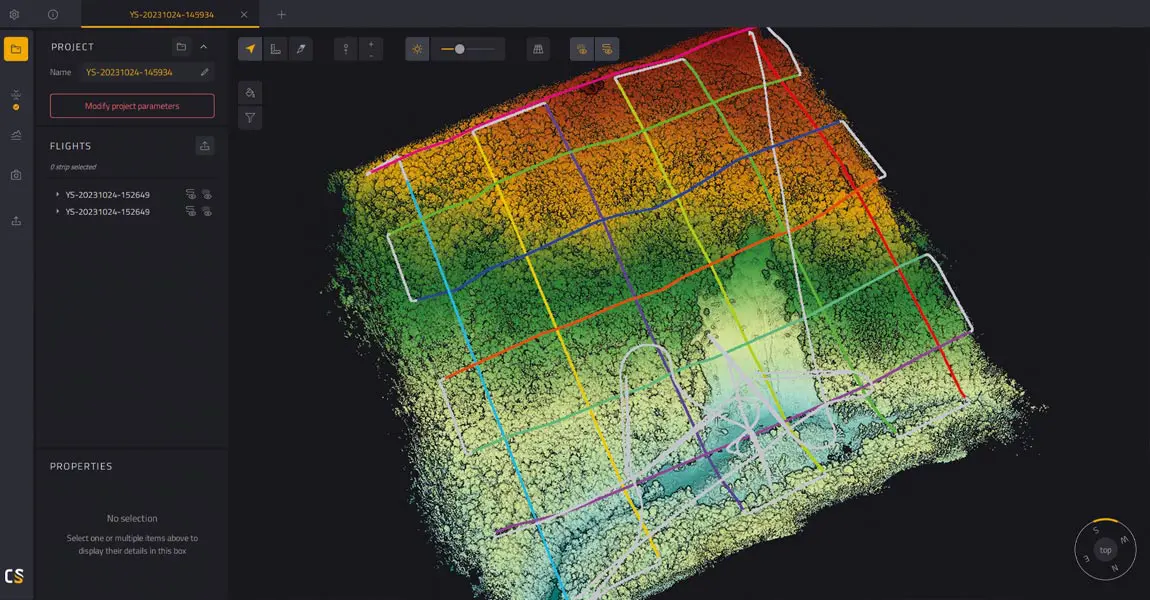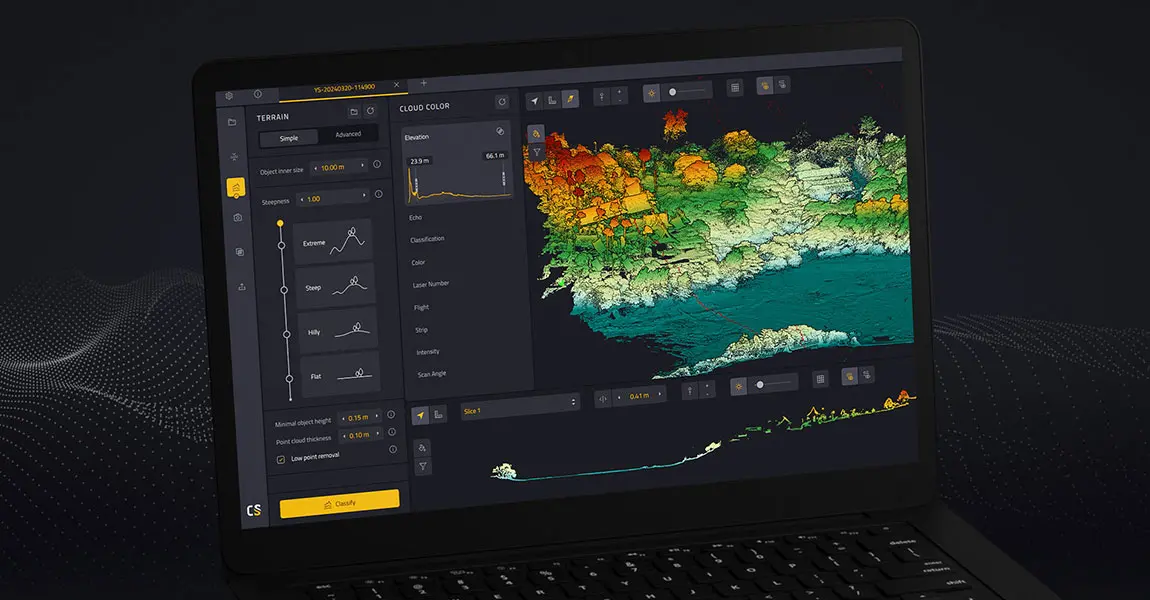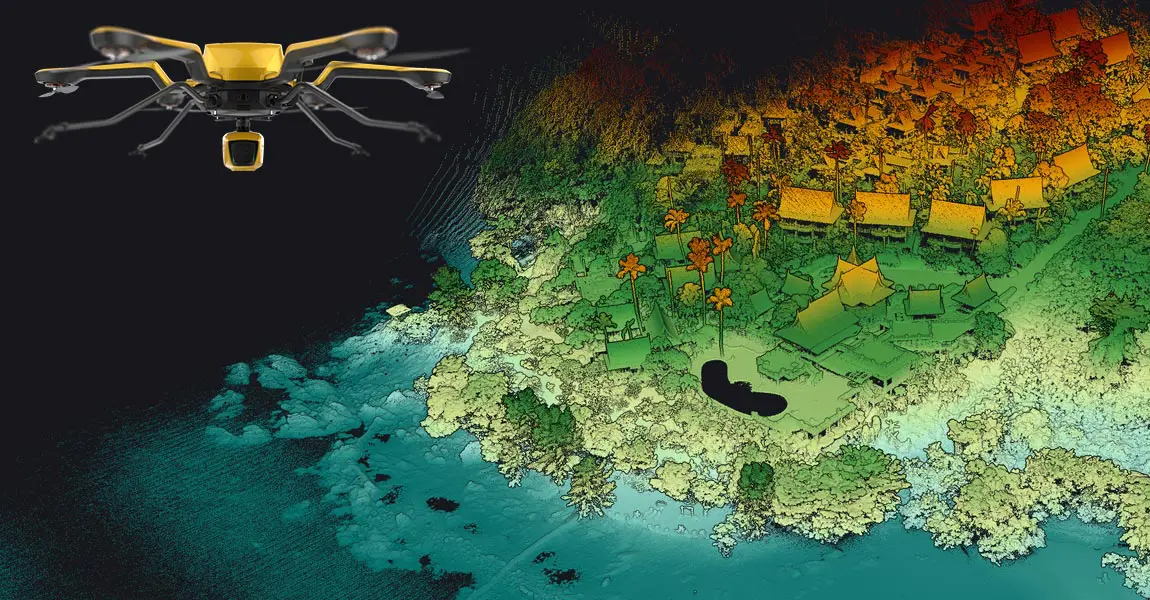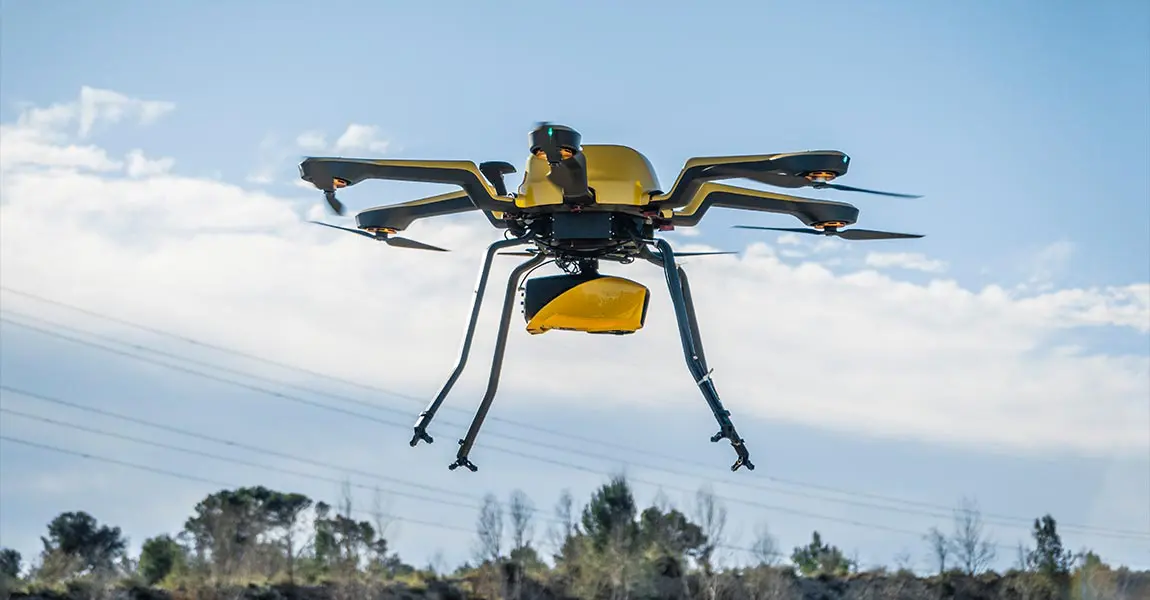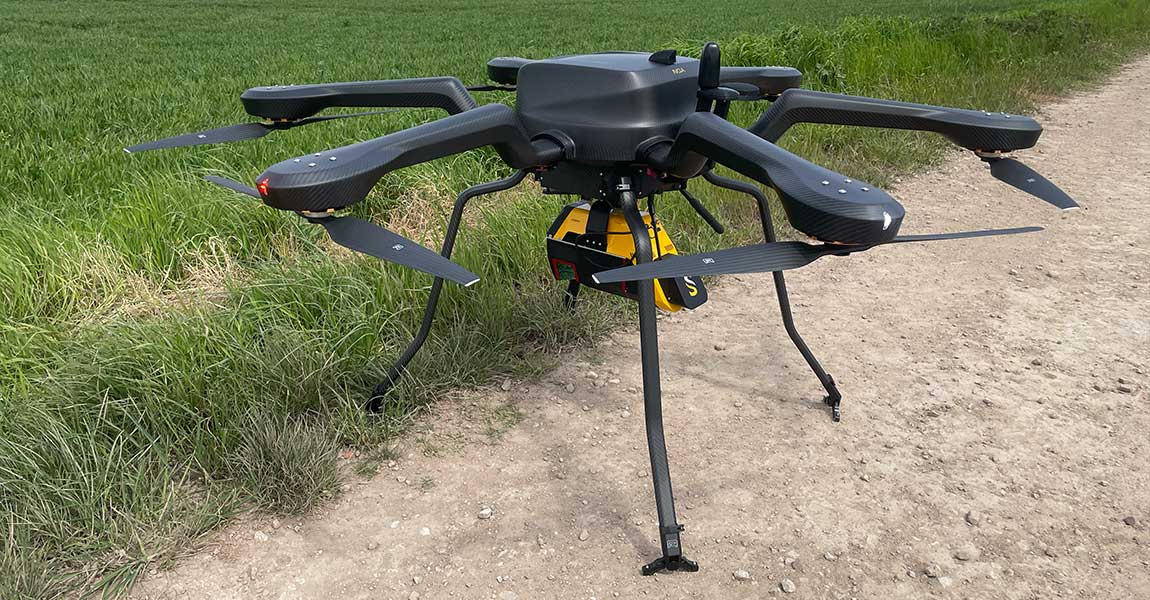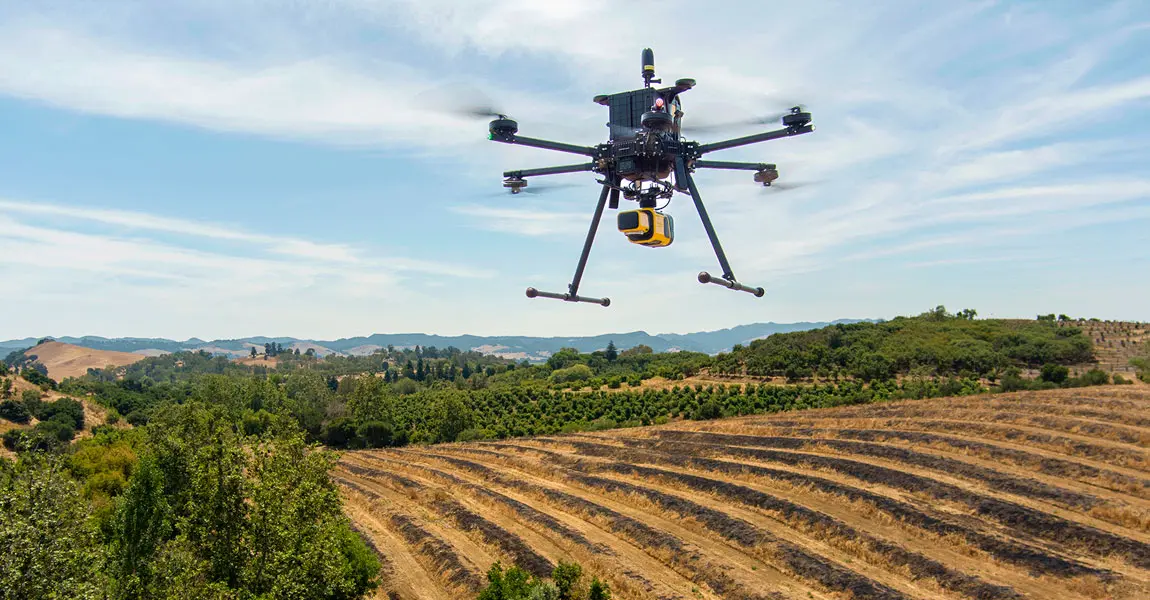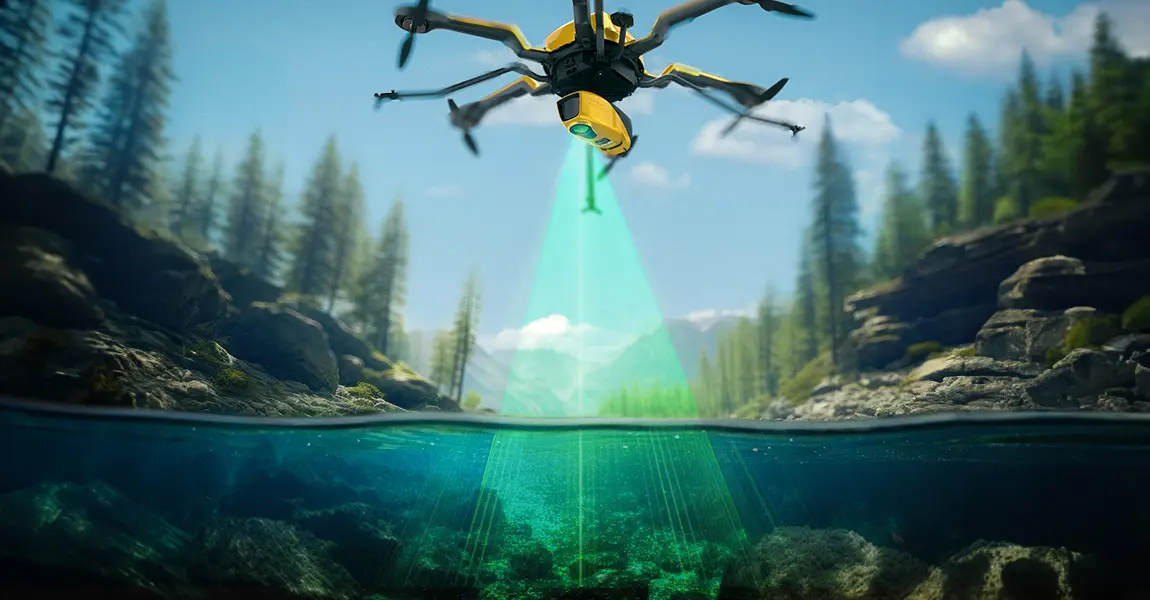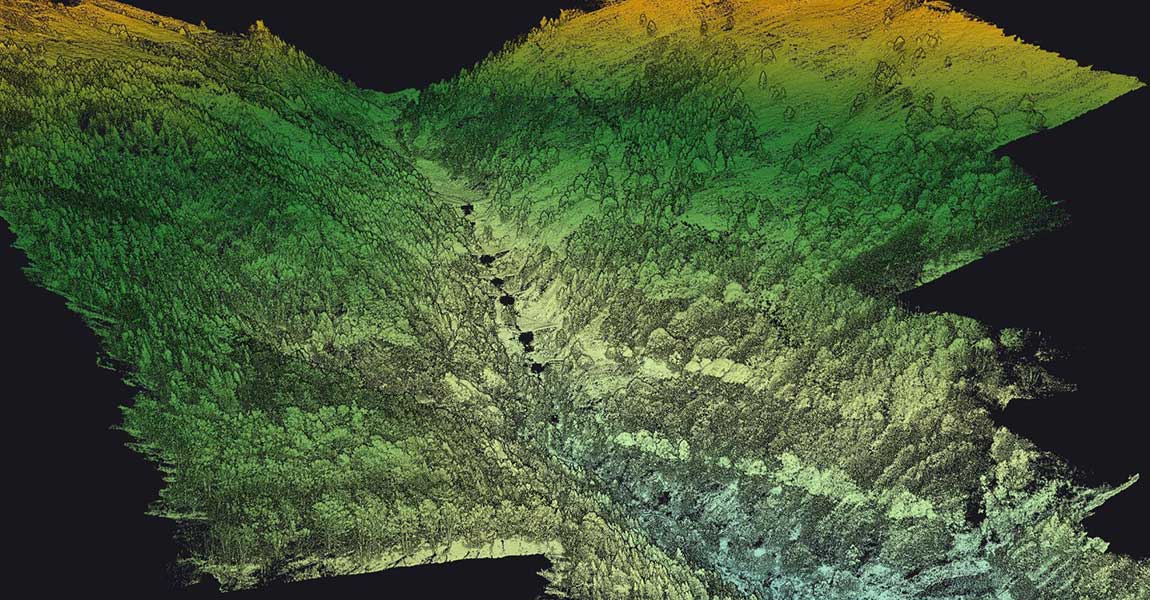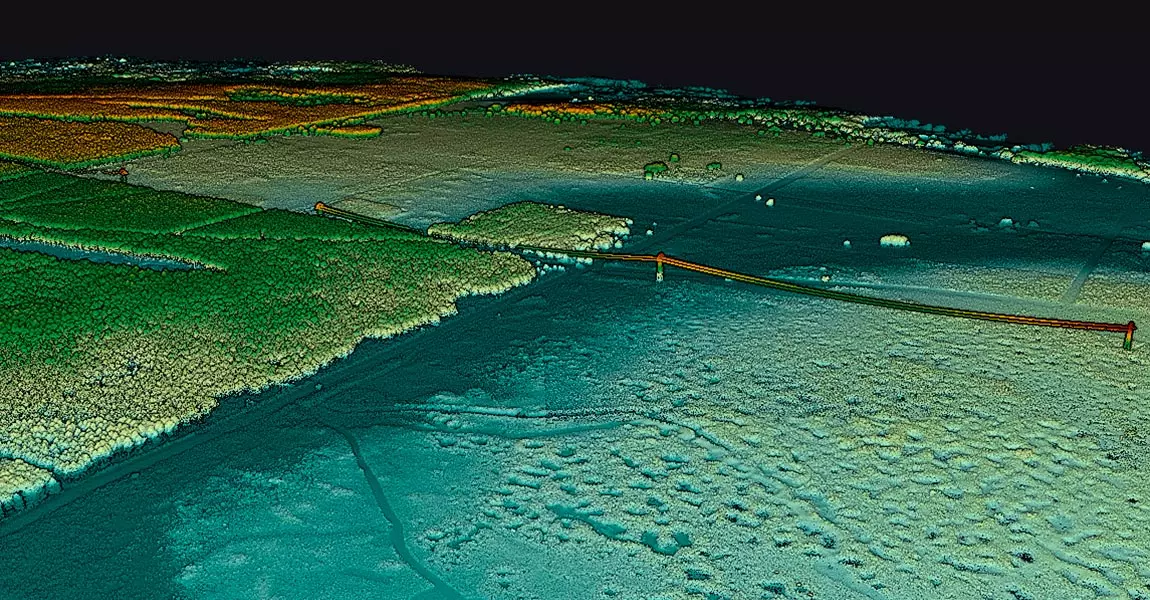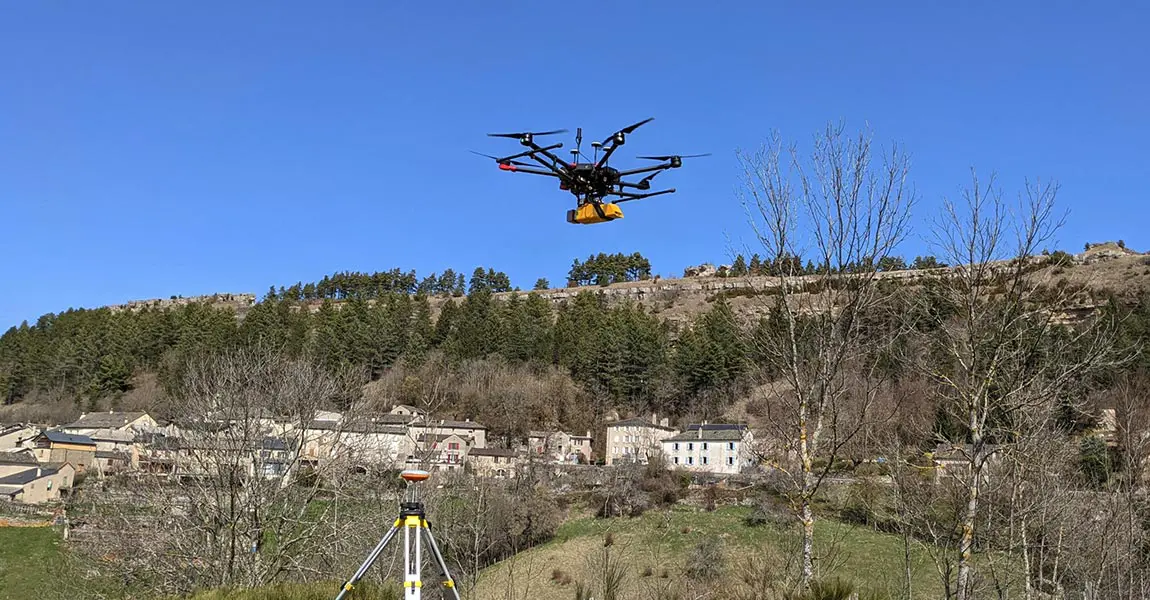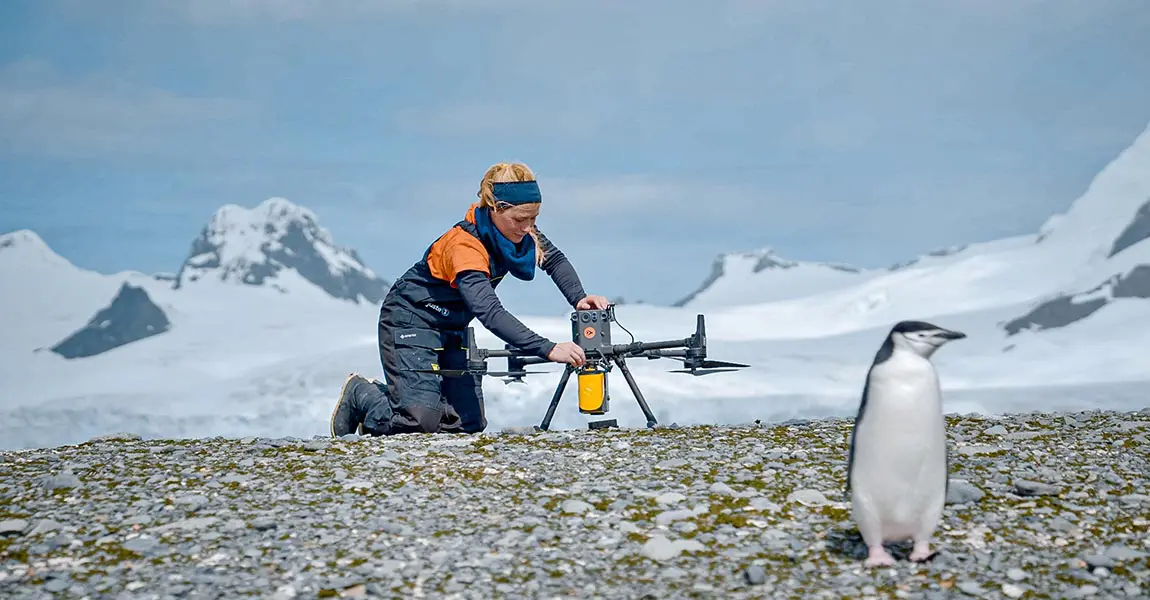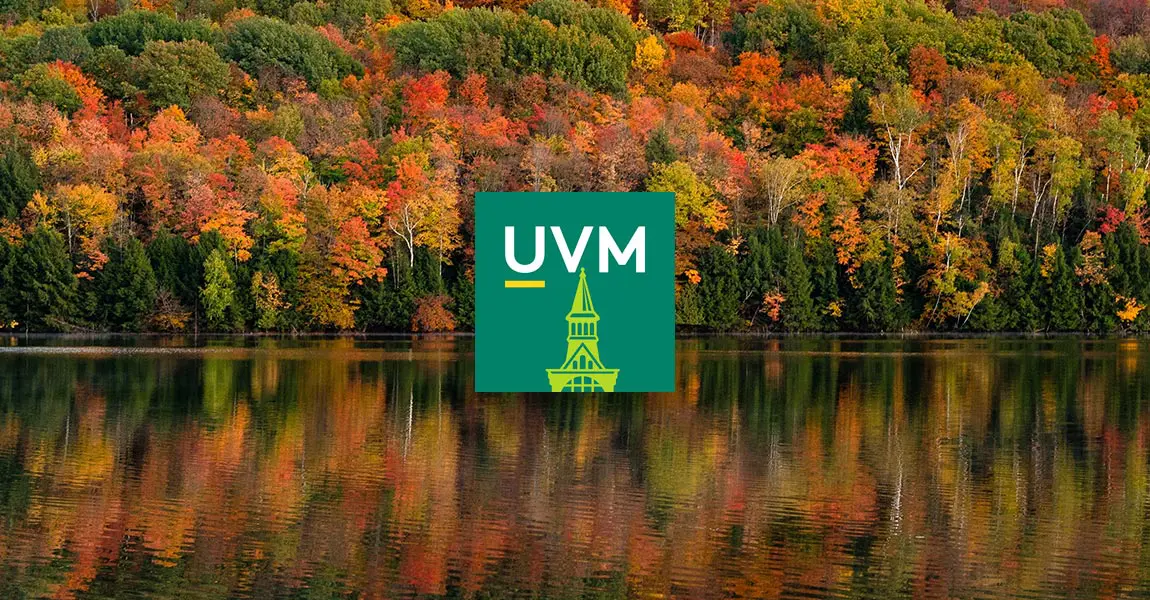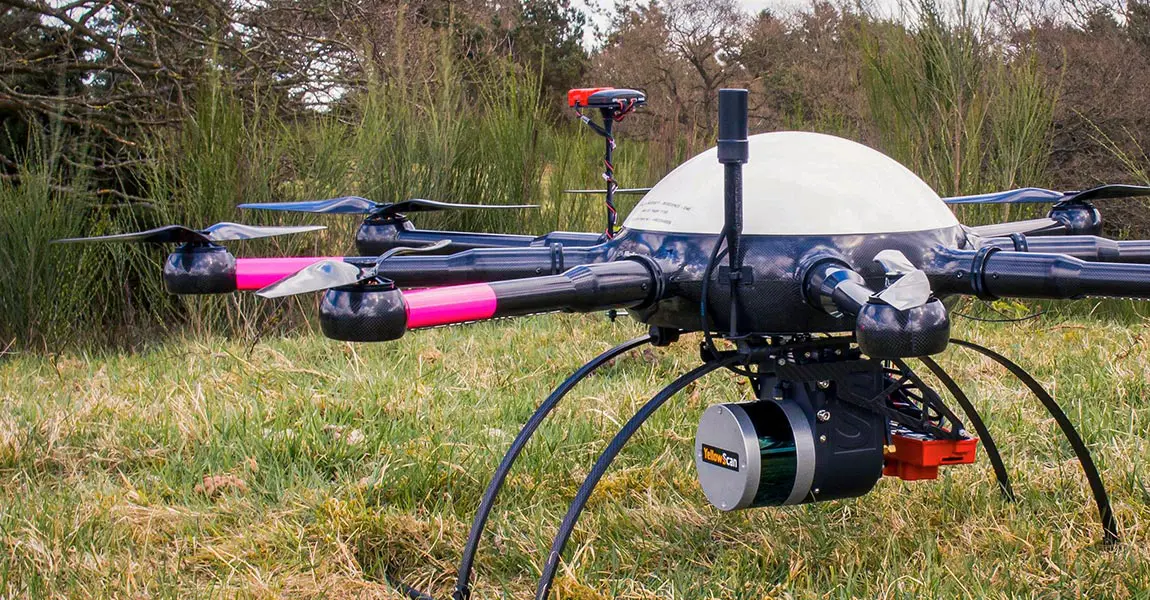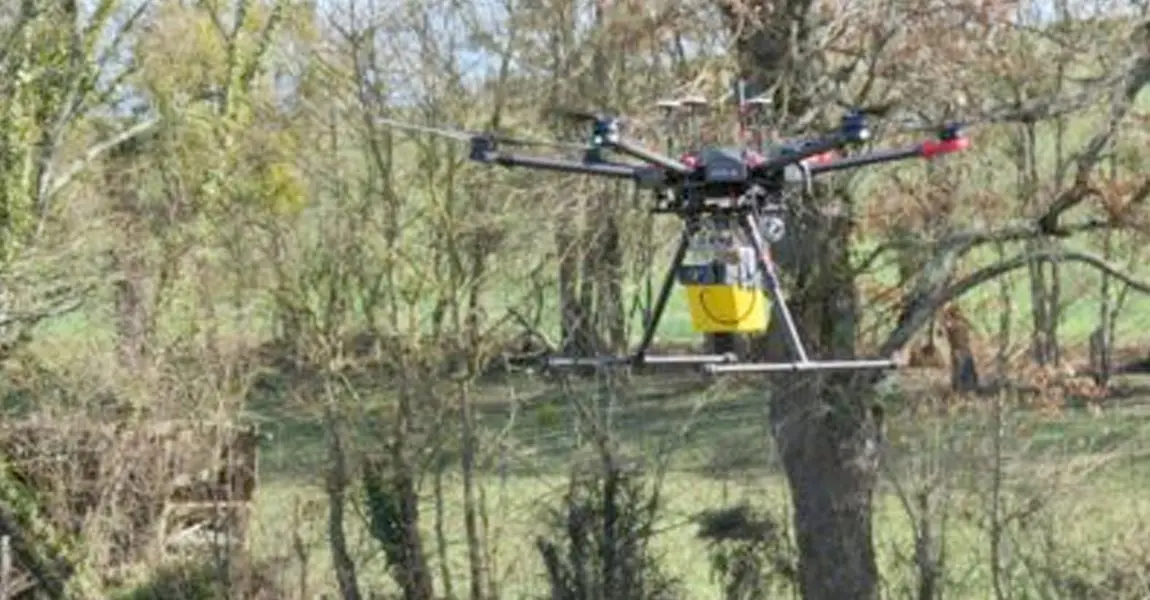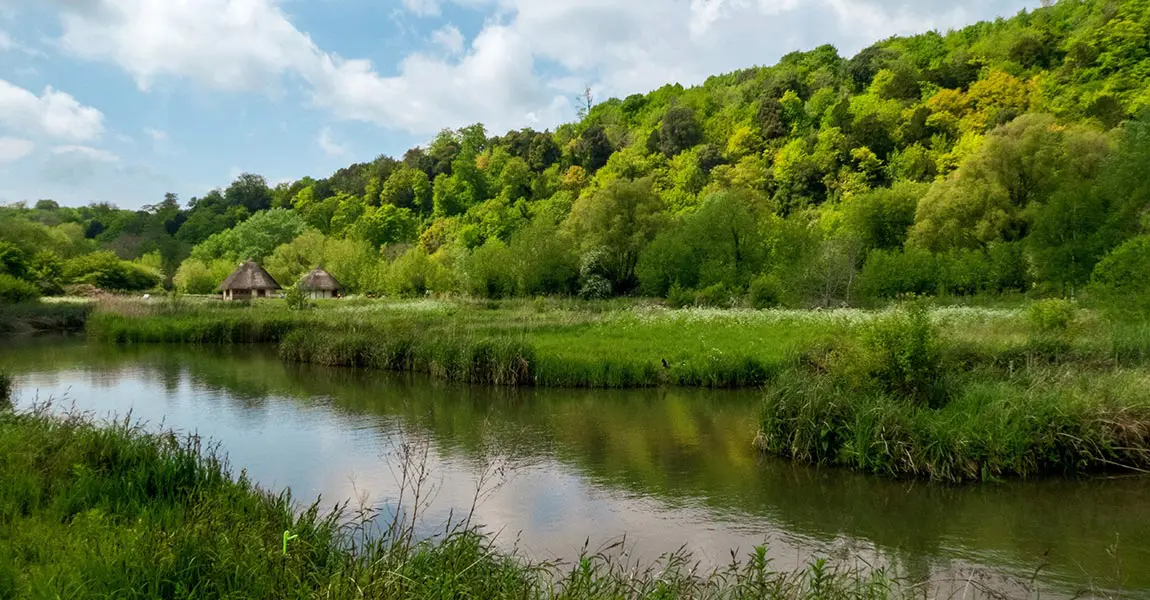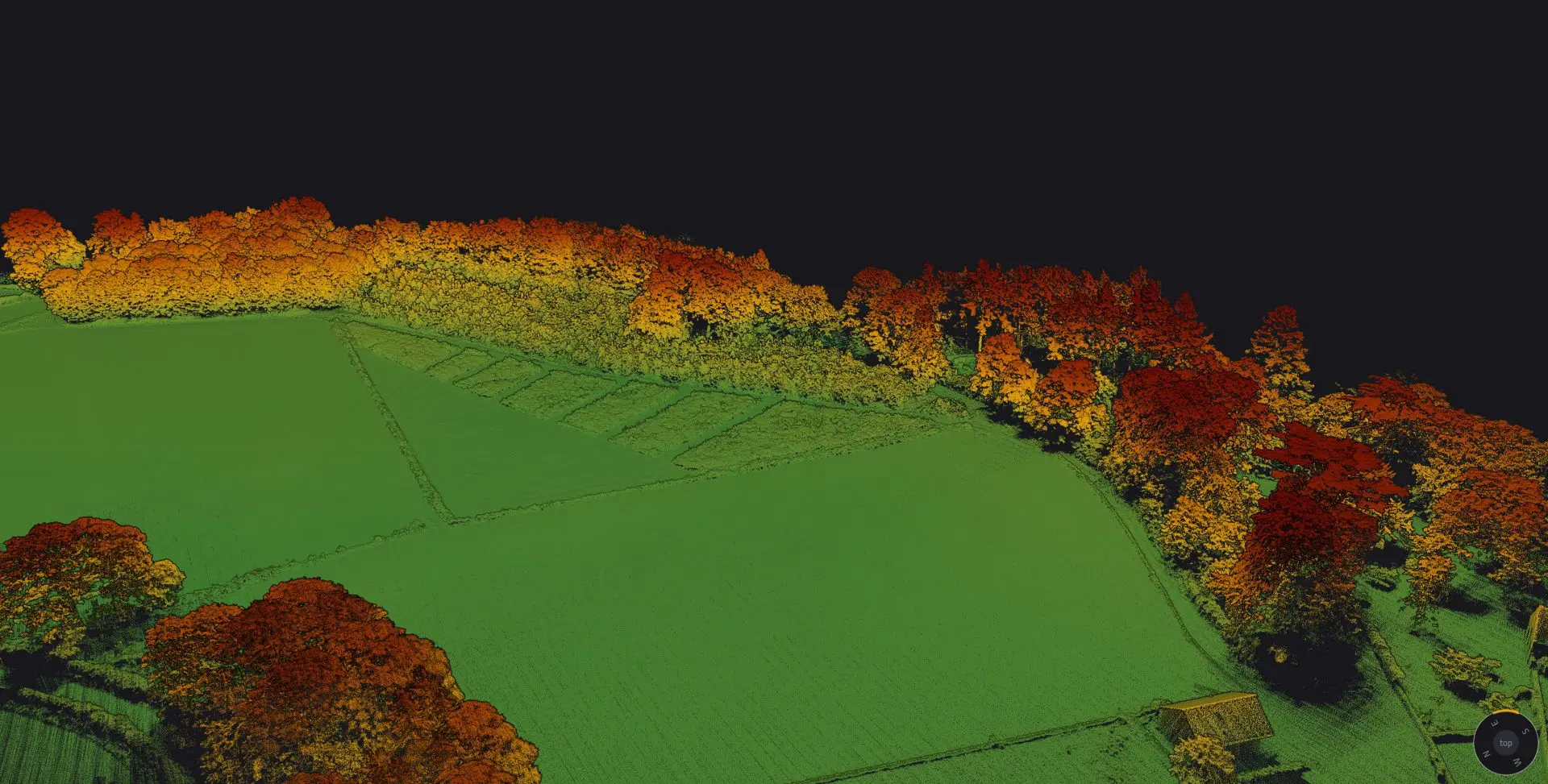Need help with your LiDAR project?
Let’s talk! Our team of experts can help you clarify your needs and propose the most suitable solutions for you to successfully complete your mission.
Using LiDAR for Environmental Research.
Contribute to a better environment for all living beings.
LiDAR systems are effective tools for monitoring environmental changes on a large scale.
This technology has revolutionized conservation and environmental research by providing useful information, as 3D pointclouds, in the quest to save forests, animals, and humans.
Snow cover evaluation
Compare bare and snow-covered terrains to work out the thickness of the snow and to find out where it accumulates. You can also follow the evolution of glaciers or pack ice.
Geologic history
Study the Earth’s surficial processes and landforms.
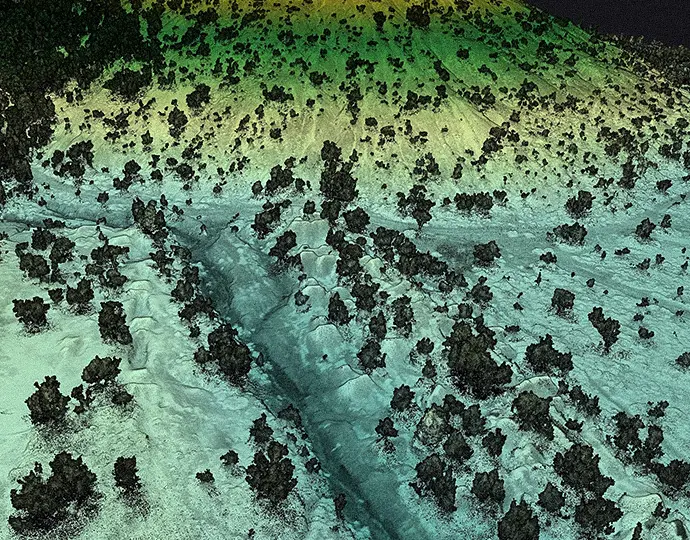
Mapping biodiversity from above
Obtain spatially accurate and comprehensive biomass evaluation for hazard prevention, effective planning and nature management.
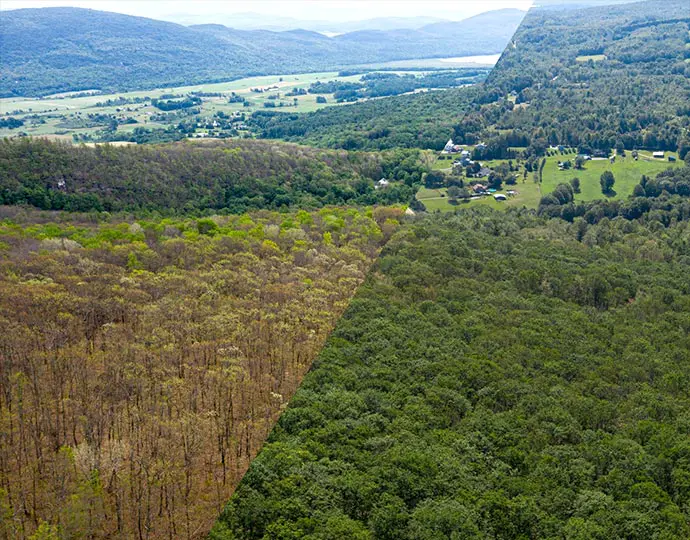
Erosion monitoring
Follow the action of water in fast changing environments, such as coastal cliffs, rivers, canyons and gorges, and more.
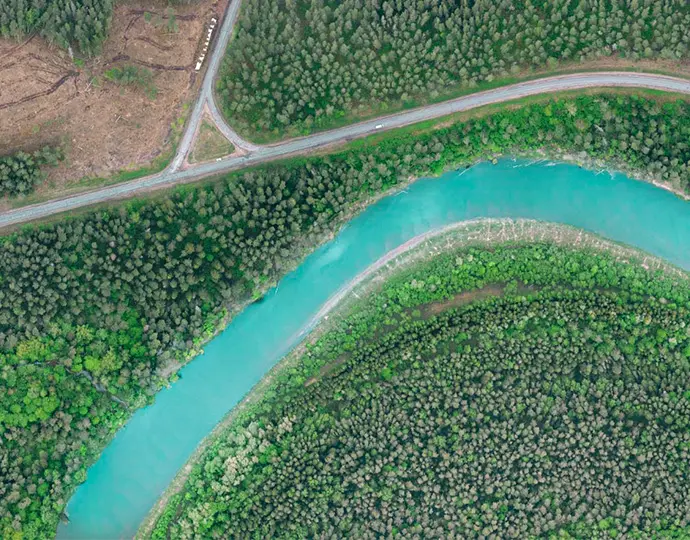
Wildlife habitat suitability
Assess and characterize suitable wildlife habitat by getting detailed 3D landscape information not available from other remote sensing applications.
